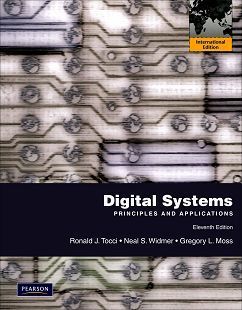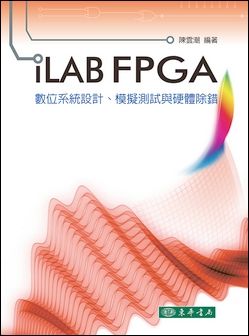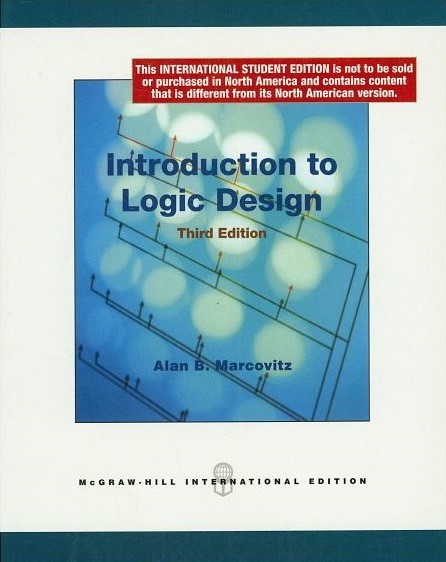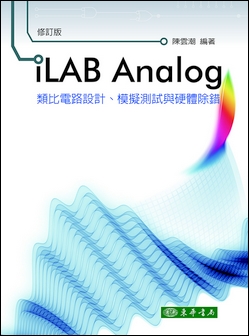書籍分類
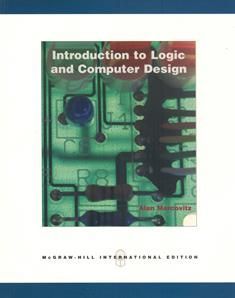
Introduction to Logic and Computer Design
作者:Alan Marcovitz
原價:NT$ 1,150
ISBN:9780071276115
版次:1
年份:2008
出版商:McGraw-Hill
頁數/規格:671頁/平裝雙色
參考網頁:Introduction to Logic and Computer Design
版次:1
年份:2008
出版商:McGraw-Hill
頁數/規格:671頁/平裝雙色
參考網頁:Introduction to Logic and Computer Design
內容介紹 本書特色 目錄 作者介紹
- Description
Introduction to Logic and Computer Design by Alan Marcovitz takes the successful formula realized in the author’s previous books and makes it even better. With the inclusion of several chapters on computer design, Marcovitz now offers everything a fundamentals-oriented logic design course might include. Further, this new book is supported by an ARIS site and a host of new media supplements to make both the instructor’s and the student’s job easier. As with Marcovitz’s previous books, the clear presentation of concepts and well-paced writing style make Introduction to Logic and Computer Design the ideal companion to any first course in digital logic. Users rave about the book’s extensive set of examples—well integrated into the body of the text and included at the end of each chapter in sections of solved problems— that give students multiple opportunities to understand the topics being presented.



